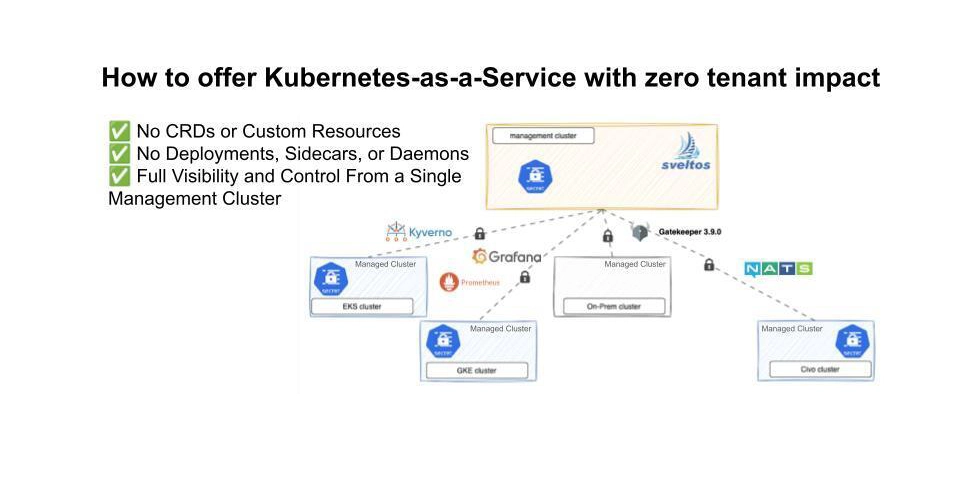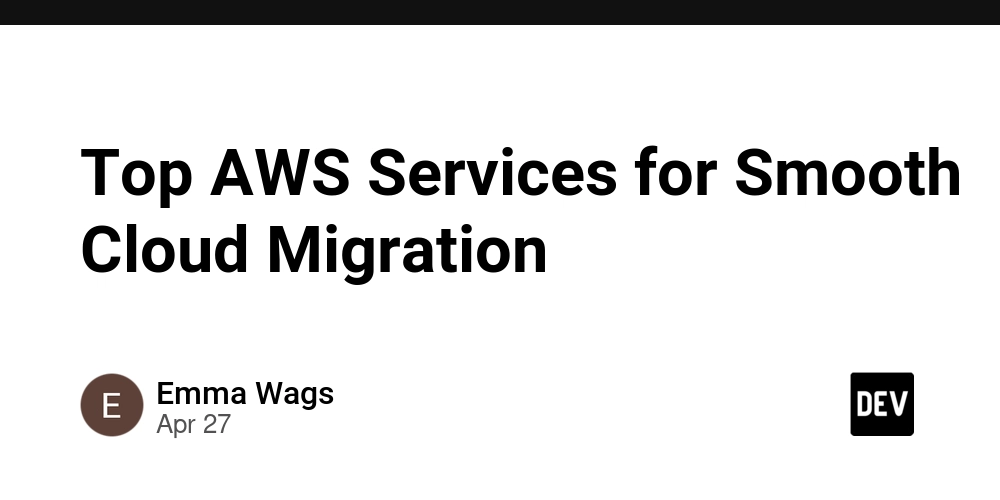Svelte vs React in 2025: The Ultimate Showdown for Future-Proof Frontend Development
The frontend landscape in 2025 is a battleground of speed, simplicity, and scalability. While React has been the undisputed king for over a decade, Svelte’s meteoric rise challenges its throne with promises of zero-runtime overhead and AI-ready tooling. But is it time to abandon React, or does it still hold the crown? Let’s dive into the 2025 edition of the Svelte vs React debate. 1. Virtual DOM vs Compiler Magic: The Architecture Revolution React’s Virtual DOM once revolutionized UI updates, but in 2025, its runtime diffing feels archaic next to Svelte’s compile-time optimizations. React’s Overhead: Even with Concurrent Mode improvements, React apps still bundle a runtime (~40KB gzip), impacting low-power devices and emerging markets. Svelte’s Edge: By compiling components to vanilla JS during build time, Svelte slashes runtime bloat. In 2025 benchmarks, Svelte apps load 30% faster on average (source: Web Framework Performance Report 2025). AI Integration: Svelte’s lean output pairs seamlessly with AI-driven UIs (e.g., real-time analytics), while React’s runtime can bottleneck edge-AI deployments. 2. Performance Wars: Raw Speed vs Optimized Ecosystems Svelte Dominates in: Cold Starts: Instant hydration for static sites (perfect for Web3 apps). Mobile-First Markets: 50% lower memory usage vs React in emerging regions (India, Africa). AI/ML Integration: Direct WASM bindings for TensorFlow.js models. React Fights Back: React Server Components (RSCs): Matured in 2025, enabling hybrid rendering for enterprise-scale apps. Concurrent Rendering: Smoother UX for complex dashboards (e.g., fintech tools). Verdict: Svelte wins for lightweight apps; React shines in data-heavy ecosystems. 3. Developer Experience: Code Less, Ship More Svelte’s 2025 Upgrades: AI-Powered Tooling: svelte-kit AI auto-generates responsive UIs from Figma designs. Built-In State Management: No Redux needed—stores are native. React’s Strengths: TypeScript Mastery: 95% of React libraries now ship with first-class TS support. Job Market Edge: 70% of Fortune 500 companies still use React (per 2025 Stack Overflow Survey). Learning Curve: Svelte’s syntax is 40% fewer lines of code than React (2025 State of JS), making it ideal for startups and indie hackers. 4. 2025 Job Market: React’s Legacy vs Svelte’s Disruption Metric React Svelte Job Listings 250K+ (LinkedIn 2025) 45K+ (growing 120% YoY) Avg Salary $140K (US) $155K (niche premium) Industry Use Enterprise, SaaS, Metaverse Startups, Web3, AI/ML Hot Take: React skills are safer, but Svelte experts earn 10-15% more in high-growth sectors. 5. Ecosystem & AI Readiness React’s Maturity: AI Libraries: react-llm for GPT-5 integrations, Vision.js for computer vision. Mobile: React Native dominates cross-platform dev (50% of apps on App Store). Svelte’s Innovation: SvelteKit 4.0: Built-in WebAssembly support for AI at the edge. Community Momentum: 300% YoY growth in Svelte libraries (e.g., svelte-firebase-ssr). Final Verdict: Who Should Switch in 2025? ✅ Stick with React If: You’re building large-scale apps with legacy support. Your career thrives on enterprise roles or mobile development. You need AI tools with battle-tested ecosystems (e.g., Meta’s Horizon OS).

The frontend landscape in 2025 is a battleground of speed, simplicity, and scalability. While React has been the undisputed king for over a decade, Svelte’s meteoric rise challenges its throne with promises of zero-runtime overhead and AI-ready tooling. But is it time to abandon React, or does it still hold the crown? Let’s dive into the 2025 edition of the Svelte vs React debate.
1. Virtual DOM vs Compiler Magic: The Architecture Revolution
React’s Virtual DOM once revolutionized UI updates, but in 2025, its runtime diffing feels archaic next to Svelte’s compile-time optimizations.
- React’s Overhead: Even with Concurrent Mode improvements, React apps still bundle a runtime (~40KB gzip), impacting low-power devices and emerging markets.
- Svelte’s Edge: By compiling components to vanilla JS during build time, Svelte slashes runtime bloat. In 2025 benchmarks, Svelte apps load 30% faster on average (source: Web Framework Performance Report 2025).
AI Integration: Svelte’s lean output pairs seamlessly with AI-driven UIs (e.g., real-time analytics), while React’s runtime can bottleneck edge-AI deployments.
2. Performance Wars: Raw Speed vs Optimized Ecosystems
Svelte Dominates in:
- Cold Starts: Instant hydration for static sites (perfect for Web3 apps).
- Mobile-First Markets: 50% lower memory usage vs React in emerging regions (India, Africa).
- AI/ML Integration: Direct WASM bindings for TensorFlow.js models.
React Fights Back:
- React Server Components (RSCs): Matured in 2025, enabling hybrid rendering for enterprise-scale apps.
- Concurrent Rendering: Smoother UX for complex dashboards (e.g., fintech tools).
Verdict: Svelte wins for lightweight apps; React shines in data-heavy ecosystems.
3. Developer Experience: Code Less, Ship More
Svelte’s 2025 Upgrades:
-
AI-Powered Tooling:
svelte-kit AIauto-generates responsive UIs from Figma designs. - Built-In State Management: No Redux needed—stores are native.
React’s Strengths:
- TypeScript Mastery: 95% of React libraries now ship with first-class TS support.
- Job Market Edge: 70% of Fortune 500 companies still use React (per 2025 Stack Overflow Survey).
Learning Curve: Svelte’s syntax is 40% fewer lines of code than React (2025 State of JS), making it ideal for startups and indie hackers.
4. 2025 Job Market: React’s Legacy vs Svelte’s Disruption
| Metric | React | Svelte |
|---|---|---|
| Job Listings | 250K+ (LinkedIn 2025) | 45K+ (growing 120% YoY) |
| Avg Salary | $140K (US) | $155K (niche premium) |
| Industry Use | Enterprise, SaaS, Metaverse | Startups, Web3, AI/ML |
Hot Take: React skills are safer, but Svelte experts earn 10-15% more in high-growth sectors.
5. Ecosystem & AI Readiness
React’s Maturity:
-
AI Libraries:
react-llmfor GPT-5 integrations,Vision.jsfor computer vision. - Mobile: React Native dominates cross-platform dev (50% of apps on App Store).
Svelte’s Innovation:
- SvelteKit 4.0: Built-in WebAssembly support for AI at the edge.
-
Community Momentum: 300% YoY growth in Svelte libraries (e.g.,
svelte-firebase-ssr).
Final Verdict: Who Should Switch in 2025?
✅ Stick with React If:
- You’re building large-scale apps with legacy support.
- Your career thrives on enterprise roles or mobile development.
- You need AI tools with battle-tested ecosystems (e.g., Meta’s Horizon OS).































![[Free Webinar] Guide to Securing Your Entire Identity Lifecycle Against AI-Powered Threats](https://blogger.googleusercontent.com/img/b/R29vZ2xl/AVvXsEjqbZf4bsDp6ei3fmQ8swm7GB5XoRrhZSFE7ZNhRLFO49KlmdgpIDCZWMSv7rydpEShIrNb9crnH5p6mFZbURzO5HC9I4RlzJazBBw5aHOTmI38sqiZIWPldRqut4bTgegipjOk5VgktVOwCKF_ncLeBX-pMTO_GMVMfbzZbf8eAj21V04y_NiOaSApGkM/s1600/webinar-play.jpg?#)






































































































































![[The AI Show Episode 145]: OpenAI Releases o3 and o4-mini, AI Is Causing “Quiet Layoffs,” Executive Order on Youth AI Education & GPT-4o’s Controversial Update](https://www.marketingaiinstitute.com/hubfs/ep%20145%20cover.png)













































































































































































































































































































































































![Google Home app fixes bug that repeatedly asked to ‘Set up Nest Cam features’ for Nest Hub Max [U]](https://i0.wp.com/9to5google.com/wp-content/uploads/sites/4/2022/08/youtube-premium-music-nest-hub-max.jpg?resize=1200%2C628&quality=82&strip=all&ssl=1)













![New Hands-On iPhone 17 Dummy Video Shows Off Ultra-Thin Air Model, Updated Pro Designs [Video]](https://www.iclarified.com/images/news/97171/97171/97171-640.jpg)
![Apple Shares Trailer for First Immersive Feature Film 'Bono: Stories of Surrender' [Video]](https://www.iclarified.com/images/news/97168/97168/97168-640.jpg)





































































































